The Rhone Valley is the second-largest wine-growing region of France and is especially well known for its red wines, with some of its most famous examples originating from the Chateauneuf du Pape appellation.
Located in the south-east of France, Rhone Valley stretches to the southern coast of France, where it almost meets the Mediterranean Sea. The north of the region has a continental climate which results in hard winters and scorching summers, whereas the southern Rhone has a Mediterranean climate similar to that found in Provence, with warm, long summers and mild winters.
Furthermore, the landscape between the north and the south are very different. The north has steep slopes and higher elevation whereas in the south of the Rhone Valley the landscape is much flatter. This evidently translates to grape varietal differences.
The main grapes found in the north of the region are Syrah, Marsanne, and Viognier. Whereas in the south, Grenache, Carignan, Cinsaut, and Mourvedre dominate. In fact, Grenache is the most widely planted grape in the region. Red wine is by far the main product of Rhone, with around 80% of the 66 million gallons produced in 2013 being red wine. Most famously red wines from the appellation of Chateauneuf du Pape are loved by many for their aromatic and spicy character combined with a pleasant balance of acidity and minerality.
The Rhone river has been used for wine transportation as far back as around 1st century BC with wines being produced in the region as early as 7 AD, originally planted by the Romans and for over a century since that point on, they were mostly enjoyed locally.
There was little to no trade of Rhone Valley wine until around the 14th century long after the Roman Empire had left the region. However, this could be due to a lack of records rather than no wine being produced or traded.
This situation changed in the 14th century when Rhone Valley wines became more prominent thanks to Pope Clement V who moved the Papal Court to Avignon. Avignon became the capital of Rhone Valley wines, and with the favour of the Pope, the consumption of local wines rose significantly. In fact, around three-quarters of all wine drunk in the region at the time was of the Rhone Valley origin. Increased production and popularity, also translated to a surge in exports.
As a result of this increased popularity, Burgundy imposed restrictions to prohibit any wines from outside the Burgundy region to be transported through it. These restrictions were in place from 1446 until the 17th century and because of this, it became difficult to transport Rhone wines to places such as England, northwestern Europe and Paris. After the restrictions were lifted, however, the trade of Rhone wines returned to normal.
In more recent years, since the 1980s there has been considerable expansion of vineyards in the north of the Rhone Valley. However, the vast majority of wine is still produced in the south of the region. Around 95% of the wine produced in the Rhone Valley comes from southern vineyards.
If you want to learn more about the Rhone Valley, its culture, and their wines, then VisitFrenchWine.com is a great resource. Their articles are informative and interesting, like the one about the Millévin wine festival which celebrates the official release of the new Côtes-du-Rhône vintage. Check out the article here.
If you are more of a visual learner, then you must cast your eye on this video showing the winery and vineyards of Domaine de Mourchon, one of our award-winning producers based in the Côtes-du-Rhône appellation. They prove that although the Rhone Valley is more famous for red wines, they can produce excellent wines of all colours.
Get in touch with us via telephone at 01524 737 100 or email [email protected] to list our Rhone wines in your establishment!


